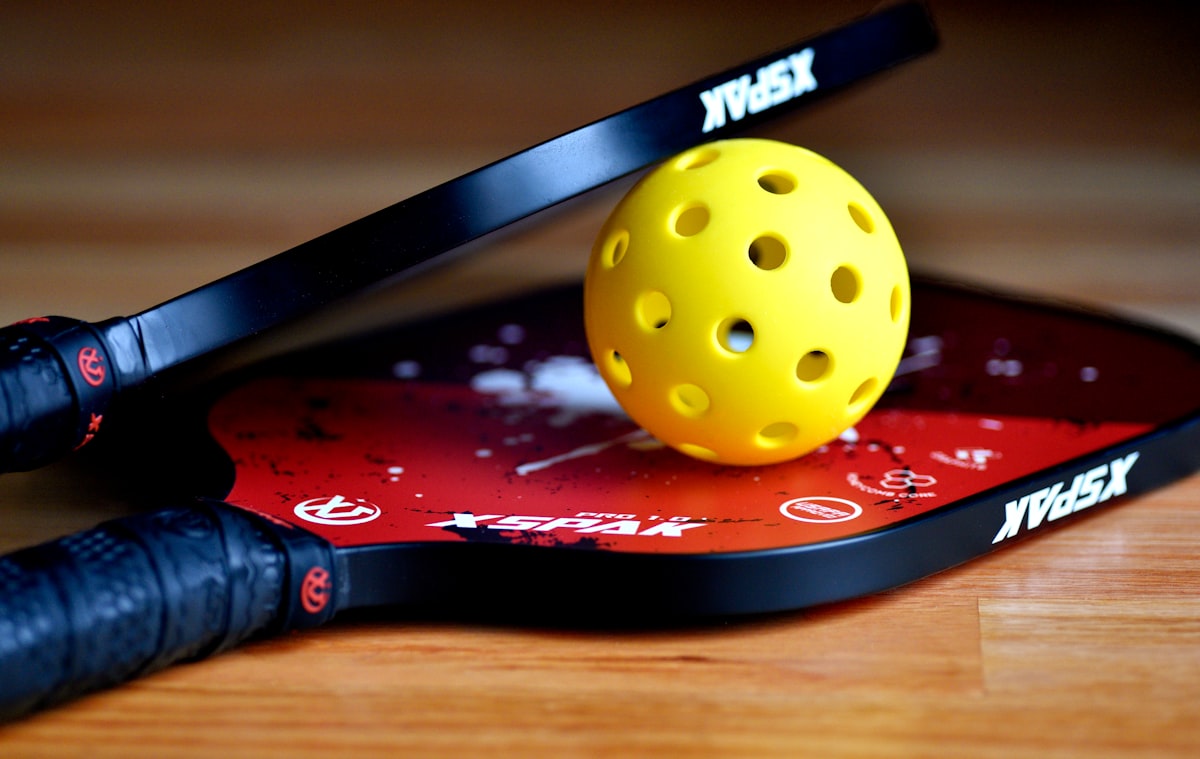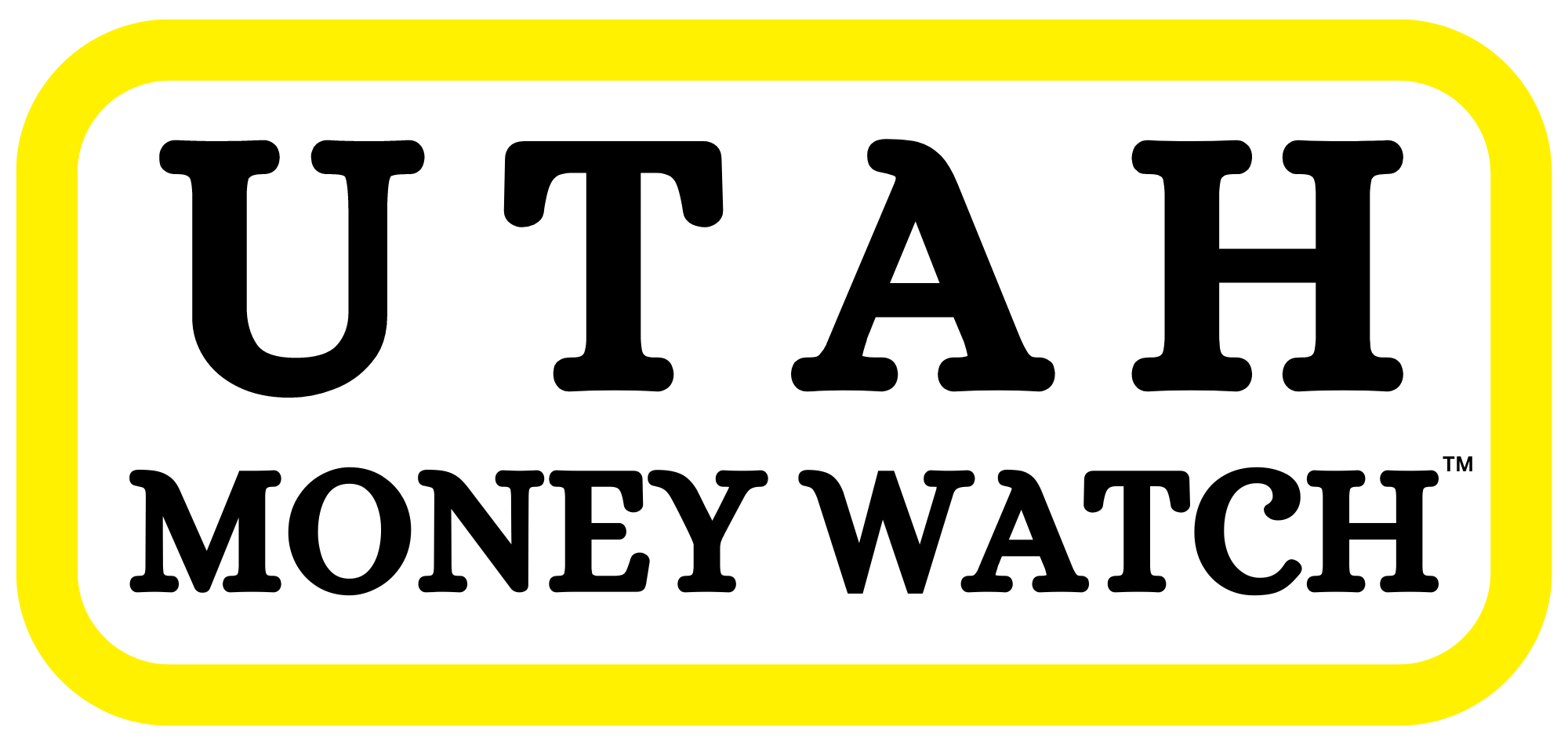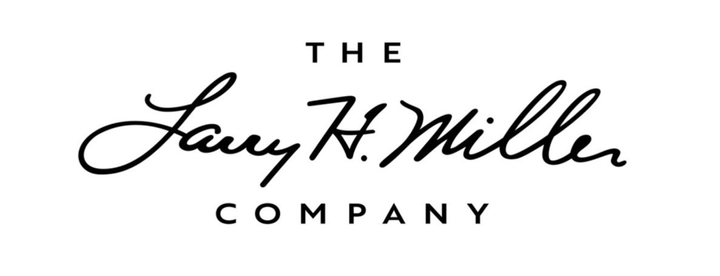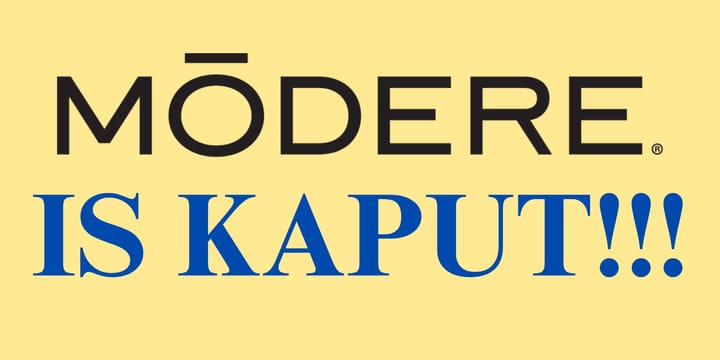With Over 36 Million Players Driving America's Pickleball Craze, The Picklr is Capitalizing on that Interest Now.

Just 22 months after its launch, and with $7 million in outside funding, Kaysville, Utah-based The Picklr just exploded onto the franchising scene with 13 franchisee partners now signed with commitments for its first 80+ franchise locations across 11 states — with more franchise units coming, its execs say.
With a son-in-law and an 11-year-old grandson both rated at 4+ as pickleball players (on a 1.0 to 5.5+ scale), I can safely say I have watched more pickleball than I have played.
But as 36.5 million adults can attest, the sport of pickleball is exploding, at least here in the United States.
In fact, according to a January report published by the Association of Pickleball Players (APP), 14% of all American adults (18+) played pickleball at least once from August 2021 to August 2022.
That's 36.5 million people and doesn't include the under-18-year-old demographic, and from the data I'm seeing, that number may be significantly higher, percentage-wise, among children and youth.
Which is a big part of the reason why Kaysville, Utah-based The Picklr got started in December 2021, as CEO and Co-Founder Jorge Baaragan explained to me in my exclusive interview with him and two other Picklr executives this past Friday.
"We talk about The Picklr's mission, and what we try to emphasize here is 'Connect. Dink. Compete.' — That's exactly what pickleball is. I think the reason why this sport resonates so much is pickleball creates community."
Barragan suggested that coming out of COVID-19 (with its isolation), a lot of people wanted to get back together as they realized that "being around each other, having that sense of community, creating those human connections was something that we lacked."
He went on to explain that in concept, pickleball is
- Relatively inexpensive (to get started),
- Playable by individuals from 7 to 70, and
- Easy to learn, but
- "Difficult to master,"
especially in comparison to mountain biking or golf.
The Picklr's research also shows that the demographics of the sport are getting younger and younger (especially in Utah), as
"... we're starting to see a lot of youth that are leaving soccer and basketball and football to play pickleball."
A Brief Pickleball History
According to Wikipedia, pickleball was invented in the summer of 1965 by Joel Pritchard, the former Lt. Governor of Washington, and two of his friends.
Perhaps best characterized as a mashup of ping pong and tennis, pickleball is played on a modestly sized 20-x-44-foot court divided into halves, both lengthwise and widthwise (much like ping pong tables and tennis courts), with the length divided by a net in the middle of the court that is 34-inches-high at midpoint.
Players use a solid paddle (often made from wood and/or composites), one that is larger than ping pong paddles, but is used with balls that are made from molded plastic with 26 to 40 holes. {NOTE: Outdoor players generally use balls with fewer holes to minimize the potential negative effect of wind on play.}
Although it is possible to play pickleball one-on-one, most players tend to play doubles due to the speed of play.
Each player takes turns serving their diagonal opponent until they lose a point, with play continuing with the next player in turn (either their partner or with their opponents).
Points can only be tallied by the serving player, and most matches are played to 11 points. The exception is in tournament play where matches may be played to 11, 15, or 21 points.
And in every case, the winning side must win by at least 2 points.
{NOTE: The following two-minute video from PlayPickleball.com provides an excellent introduction to the sport.}
There are three primary governing bodies for pickleball play:
Today, top pickleball pros earn $1 million or more annually from a combination of prize money, appearance fees, and sponsorship deals.
The Picklr's Journey — So Far
As Barragan explains, the germination of what became The Picklr began in early 2021 after he was laid-off from his prior workplace due to COVID-19.
Pickleball had been a personal passion of his, he explained, and he was "doing pickleball paddles as a side gig" when he visited a rec center in Farmington, Utah and saw that not only were all four pickleball courts in use, there were 50 people waiting to play.
That was his A-Ha moment!
That experience led him to reach out to his high school buddy, Austin Wood, and before Barragan had even finished sharing his initial observation, Wood said, "I'm in!"
To their credit, rather than jump-in blindly, the two friends took the time to research the now 50-year-plus overnight sensation of what has become the pickleball craze, including identifying what should go into indoor pickleball facilities, plus the best software systems to support
- Online reservations
- Tournaments,
- Clinics,
- Memberships,
- And more.
Officially, The Picklr launched in December 2021, and its first facility opened in April 2022.
In total, Barragan explained that the firm has raised $7.0 million in outside funding and has expanded to seven, corporate-owned locations, with
- Six in Utah, and
- One in Colorado.
However, in February, the company announced the launch of its national franchise program.
One month later serendipity hit as the Franchise UnConference descended on Park City, Utah, and long-time franchising guru, Scott Schubiger, sought out The Picklr's Wood for a 20-minute introductory visit, a visit that grew into an impromptu two-hour meeting.
Schubiger joined The Picklr just two months later in May as its Chief Growth Officer, and earlier this month the firm announced it has now
- Signed 13 franchisees, that
- Collectively have committed to opening 80 new locations
- In 11 states:
- Arizona (6 locations — in Gilbert, Glendale, Mesa, and Phoenix);
- Colorado (15 new locations — in Broomfield, Denver);
- Florida (20 locations — in Miami, and Orlando);
- Georgia (5 locations — in the Atlanta Metro area);
- Illinois (3 locations — in Mundelein, Naperville, and Villa Park);
- Minnesota (6 locations — in Blaine, and Minneapolis);
- Nevada (7 locations — in Las Vegas, and Reno);
- Tennessee (5 locations — in greater Nashville);
- Texas (6 locations — in Austin, Dallas, and Ft. Worth);
- Utah (6 new locations — in Farr West, Lehi, Salt Lake City, and Utah County); and
- Wyoming (1 location — in Cheyenne).
However, when one explores the locations page on The Picklr website, it's clear that additional expansion is planned (if not already underway), with new locations slated in the future in
- Idaho,
- Maryland,
- North Carolina,
- South Carolina, and
- Virginia,
at a minimum.
The Franchising Model for The Picklr
On top of having worked through and proven-out the business model during its 22-month history, The Picklr's foray into franchising has been buttressed by research data recently published in the 2023 State of Pickleball: Participation & Infrastructure Report.
Among other data points provided within the Report (sponsored by the Sports & Fitness Industry Association/Pickleheads) are such jaw-dropping numbers as these:
- The number of new pickleball courts needed to meet current player demand in the U.S.: 25,000 courts.
- The cost to build 25,000 new pickleball courts: $900 million.
According to Wood, company Co-Founder and currently its Chief Strategic Partners Officer, the average Picklr location has between 8-12 courts, with some locations having 15 courts or more, which translates into footprints of 20,000- to 35,000-square-feet of operating space.

Today, The Picklr advises its franchisee partners on their real estate needs, but is not in the real estate business per sé versus the approach taken by McDonald's where it owns much of the land and/or buildings where its franchise units are located.
The Picklr does not presently use this model, but it is investigating options for potentially partnering with Real Estate Investment Trusts (REITs) down the road, Wood said.
According to Schubiger, up front costs for becoming a franchisee of The Picklr start at $45,000 for a single location, with a second unit fee of $30,000, and a multi-unit discount which drops the get-started fees for units 3 or more to $20,000 each.
With the startup fee structure noted above, my calculations suggest
The Picklr generated close to $2 million in one-time, up-front fees from its 13 new franchisee partners for the reported 80 franchise locations.
That does not include startup fees for new units going into any of the five new states not formally announced. Yet.
As is expected in the franchising world, franchisees will pay The Picklr a 5% fee of annual revenue per franchised location. Additionally, the company charges an annual fee of 2% for national marketing and a separate 1% local marketing fee, both calculated off of annual revenue per unit.
Schubiger confirmed that there are more than 80 franchise units already signed, with more to be announced in the near future. He also added that
"I've been doing this long enough that usually you put enough money in the LedGen/Marketing budget to draw interest, (but) we haven't had to put a nickel on (generating) interest. It's been very nice because there's so much inquiry into getting into this space."
Franchisees generate revenue from one-time reservation fees and/or memberships, lessons/trainings, events, tournament fees, sponsorships, concessions, and sales of various pickleball gear, clothing, and accessories.
So, there you have it — straight out of Kaysville, Utah — the explosive growth spurt of a sub-two-year-old of what I believe has the potential to become a pretty big deal company, both in Utah and from a national/international perspective.
Kudos, Baaragan, Wood, Schubiger and team; this should be a fascinating story to watch.




Comments ()